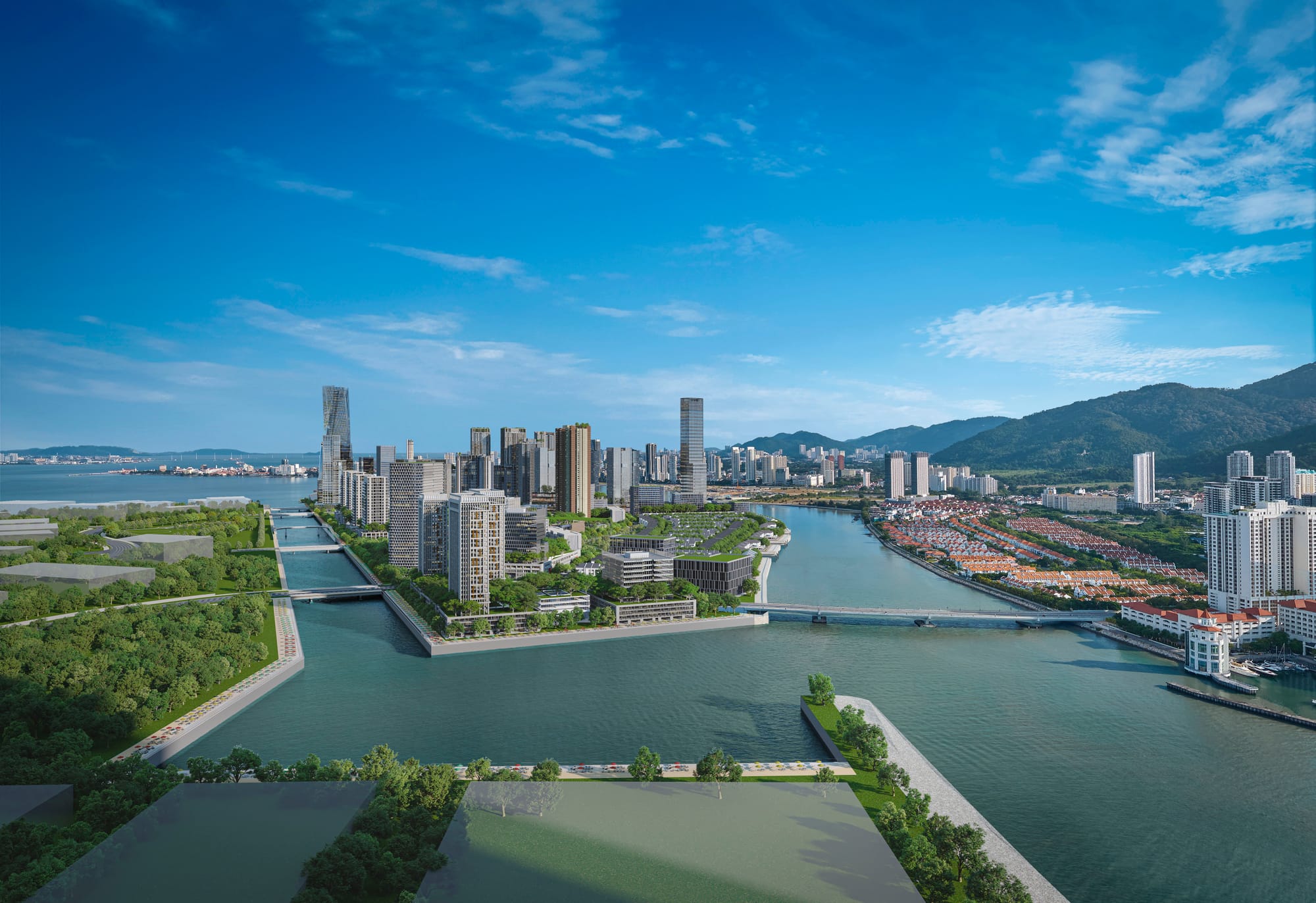The Andaman: Keeping Fingers Crossed for Penang's New Island
By Rachel Yeoh
February 2025 FEATURE
Rachel Yeoh

is a former journalist who traded her on-the-go job for a life behind the desk. For the sake of work-life balance, she participates in Penang's performing arts scene after hours.




